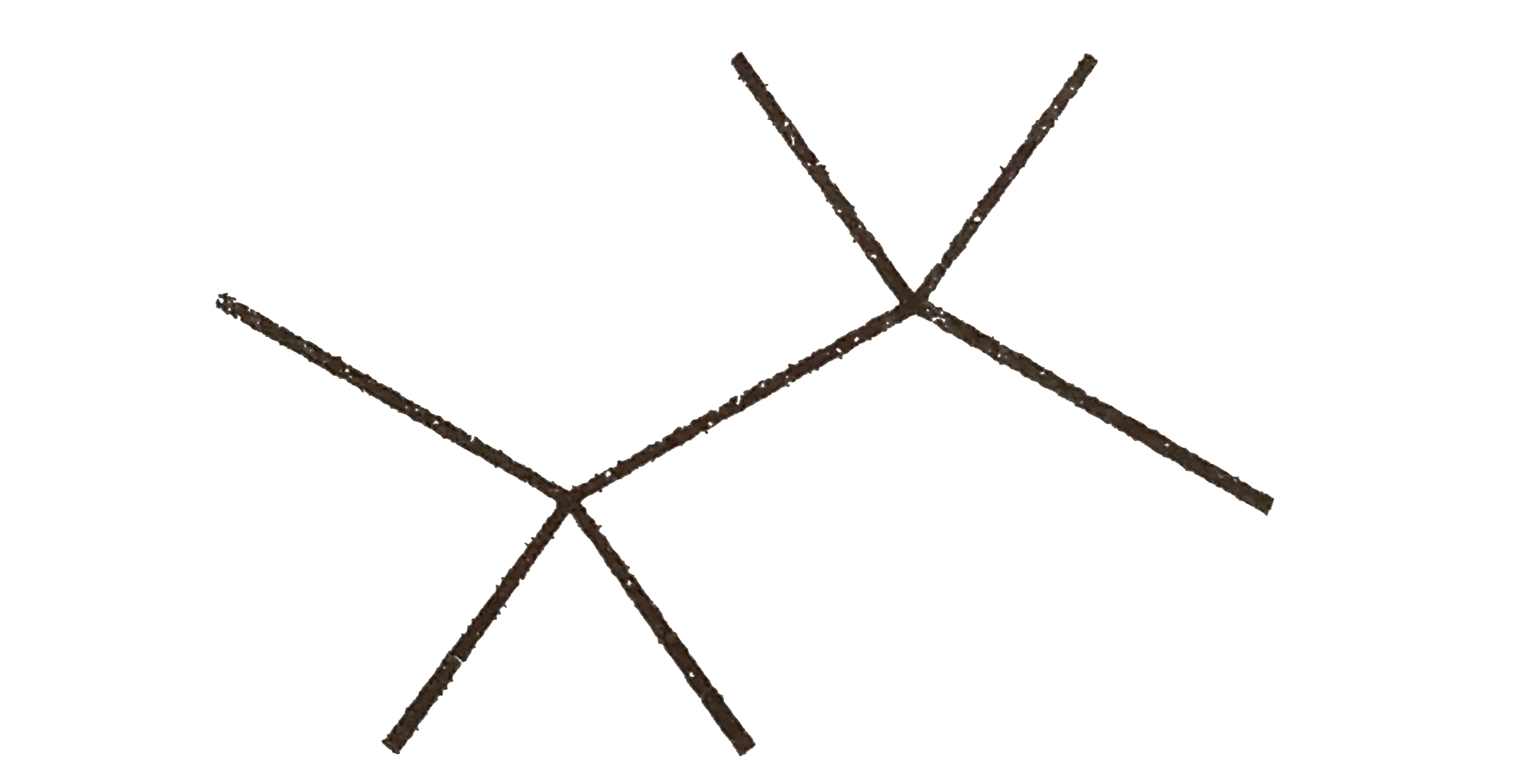How many dichloro products (including stereoisomers) will be formed when R−2− chloropentane reacts with Cl2 in presence is UV radiation?
The correct Answer is:7
To determine how many dichloro products (including stereoisomers) will be formed when R-2-chloropentane reacts with Cl₂ in the presence of UV radiation, we can follow these steps:
Step 1: Identify the Structure of R-2-Chloropentane
R-2-chloropentane has the following structure:
- The main chain is a pentane (5 carbon atoms).
- There is a chlorine (Cl) atom attached to the second carbon (C-2) of the pentane chain.
The structure can be represented as:
CH3|CH3−CH−CH2−CH3|Cl
Step 2: Understand the Reaction Mechanism
The reaction with Cl₂ in the presence of UV radiation involves a free radical substitution mechanism. This means that the Cl₂ will generate chlorine radicals, which can replace hydrogen atoms in the alkane.
Step 3: Identify Possible Hydrogen Atoms for Substitution
In R-2-chloropentane, we have:
- 3 hydrogen atoms on C-1
- 1 hydrogen atom on C-2 (which is already substituted with Cl)
- 2 hydrogen atoms on C-3
- 2 hydrogen atoms on C-4
- 3 hydrogen atoms on C-5
Step 4: Determine the Sites of Chlorination
Chlorination can occur at:
- C-1 (3 possible products)
- C-2 (not applicable since it already has Cl)
- C-3 (2 possible products)
- C-4 (2 possible products)
- C-5 (3 possible products)
Step 5: Count the Unique Products
1. Chlorination at C-1:
- 3 products (due to different configurations)
2. Chlorination at C-3:
- 2 products (due to different configurations)
3. Chlorination at C-4:
- 2 products (due to different configurations)
4. Chlorination at C-5:
- 3 products (due to different configurations)
Step 6: Total Count of Products
Now, we add the products from each site:
- C-1: 3 products
- C-3: 2 products
- C-4: 2 products
- C-5: 3 products
Total = 3 + 2 + 2 + 3 = 10 products
Conclusion
Thus, the total number of dichloro products (including stereoisomers) formed when R-2-chloropentane reacts with Cl₂ in the presence of UV radiation is 10.
---
R-2-chloropentane has the following structure:
- The main chain is a pentane (5 carbon atoms).
- There is a chlorine (Cl) atom attached to the second carbon (C-2) of the pentane chain.
CH3|CH3−CH−CH2−CH3|Cl
The reaction with Cl₂ in the presence of UV radiation involves a free radical substitution mechanism. This means that the Cl₂ will generate chlorine radicals, which can replace hydrogen atoms in the alkane.
In R-2-chloropentane, we have:
- 3 hydrogen atoms on C-1
- 1 hydrogen atom on C-2 (which is already substituted with Cl)
- 2 hydrogen atoms on C-3
- 2 hydrogen atoms on C-4
- 3 hydrogen atoms on C-5
Chlorination can occur at:
- C-1 (3 possible products)
- C-2 (not applicable since it already has Cl)
- C-3 (2 possible products)
- C-4 (2 possible products)
- C-5 (3 possible products)
1. Chlorination at C-1:
- 3 products (due to different configurations)
2. Chlorination at C-3:
- 2 products (due to different configurations)
3. Chlorination at C-4:
- 2 products (due to different configurations)
4. Chlorination at C-5:
- 3 products (due to different configurations)
Now, we add the products from each site:
- C-1: 3 products
- C-3: 2 products
- C-4: 2 products
- C-5: 3 products
Thus, the total number of dichloro products (including stereoisomers) formed when R-2-chloropentane reacts with Cl₂ in the presence of UV radiation is 10.
Topper's Solved these Questions
Similar Questions
Knowledge Check
Halogenation is a substitution reaction, where halogen replaces one or more hydrogens of hydrocarbon

Chlorine free radical make 1∘,2∘,3∘ radicals with almost equal ease, whereas bromine free radicals have a clear preference for the formation of tertiary free radicals. So, bromine is less reactive, and more selectrive whereas chlorine is less selective and more reactive.
The relative rate of abstraction of hydrogen by Br∗ is
3∘1600>2∘82>1∘1
3∘5>2∘3.8>1∘1
How many dichloro products (including stereoisomers) will be formed when R-2-chloropentane reacts with Cl2 in presence of UV radiation?A5B6C7D8How many dischloride cyclopentanes (including stereoisomers) are obtained when cyclopentane reacts with excess chlorine at high temperature?
A7B5C4D9Cl2 reacts with CS2 in presence of AlCl3 to form:
ACHCl3BCCl4CC3HCl3DC2H6
How many distinct monochlorinated products, (including sterioisomers) may be obtained when then alkane show below is heated in the presence of Cl2?

View SolutionHow many distinct monochlorinated products, (including sterioisomers) may be obtained when then alkane show below is heated in the presence of Cl2?

View SolutionCl2 reacts with CS2 in presence of I2 catalyst to form
View SolutionSO2 reacts with Cl2 in the presence of sun light to form.
View SolutionHow many steroisomers are possible for 3−chloropentan2−ol?
View Solution

